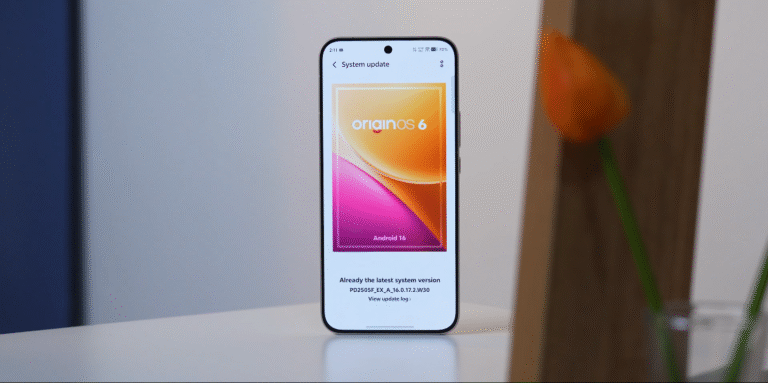Redmi 15 camera zoom & ultra-wide test: how far does it go?

Redmi 15’s camera versatility put to the test
The Redmi 15 brings attention not only for its massive battery and large display but also for its upgraded 50MP camera setup. Xiaomi highlights improved image processing and AI-assisted photography as key strengths, but how well does the phone handle zoom and ultra-wide performance in everyday use? To find out, we look at how far the Redmi 15 can really go with its dual-lens system.
The main camera on the Redmi 15 captures detailed and balanced shots in daylight. However, when switching to ultra-wide mode, results begin to show the limits of its mid-range positioning. The ultra-wide lens does a good job of expanding the frame, allowing users to fit more into each shot, but it sacrifices some sharpness and depth at the edges. For landscape photos or group pictures under bright light, it performs well enough, though edge distortion and noise become noticeable in lower light conditions.
Xiaomi’s image algorithm attempts to compensate by enhancing exposure and colour accuracy. While it manages to brighten shadows effectively, the ultra-wide shots sometimes appear slightly over-processed, with colours leaning toward saturation. The results are visually appealing for social media but less natural than those from higher-end camera systems. Despite this, the ultra-wide feature is a welcome addition for users who enjoy scenic photography without needing to step back physically.

When it comes to zoom, the Redmi 15 relies entirely on digital zoom rather than optical hardware. This means the main 50MP sensor crops into the image to simulate closer shots. Up to 2× zoom, the images retain decent clarity and detail, suitable for everyday snaps. However, beyond 3×, the quality drops quickly — textures become soft, and fine details such as lettering or facial features blur under inspection. The digital sharpening algorithm tries to compensate, but it can’t fully recover lost detail.
In bright daylight, zoomed photos remain usable, especially for casual photography or quick captures from a distance. But under cloudy skies or indoor lighting, the camera struggles to maintain contrast. Grain appears in darker areas, and highlights sometimes clip due to limited dynamic range. These compromises are expected for a phone at this price, where hardware zoom modules are usually absent.
The camera app itself is straightforward, offering quick toggles between wide, standard, and zoom views. Switching between lenses feels smooth, and there’s minimal lag while changing modes. Xiaomi’s night mode is available for both the main and ultra-wide lenses, but results vary. The night shots with the ultra-wide sensor tend to appear softer, with less defined edges and occasional motion blur. For better results, sticking to the main camera under low light remains the best approach.
Portrait mode performs surprisingly well at moderate distances, especially in outdoor settings. The subject separation is fairly accurate, though zoomed-in portraits at 2× still rely on digital cropping. Edge detection occasionally misses fine hairlines, but overall, the Redmi 15 delivers pleasing results for its class. The lack of a dedicated telephoto sensor limits its reach, yet Xiaomi’s software enhancements make the experience usable for most casual photographers.
In terms of versatility, the Redmi 15’s ultra-wide angle offers creative flexibility that many budget models still skip. It captures architecture and scenic frames effectively without major fisheye distortion. While the ultra-wide sensor doesn’t match the main lens in clarity, it’s a practical addition that enhances the overall shooting experience. Users who enjoy travel and outdoor photography will find it particularly useful.
Video recording quality follows a similar pattern. Zoomed-in footage looks stable in bright light but loses sharpness as the zoom level increases. Ultra-wide video offers great framing options, though stabilisation isn’t as strong as on the main lens. For casual vlogging or everyday clips, results are acceptable, but not suited for professional content creation.
Overall, the Redmi 15’s zoom and ultra-wide capabilities deliver solid flexibility within the phone’s price range. The ultra-wide lens shines in daylight for landscape shots, while the zoom feature works best up to 2× magnification. Beyond that, quality trade-offs become noticeable. For users seeking a balanced camera with creative shooting modes and decent versatility, the Redmi 15 offers a capable setup that performs reliably in everyday conditions without stretching the budget.





